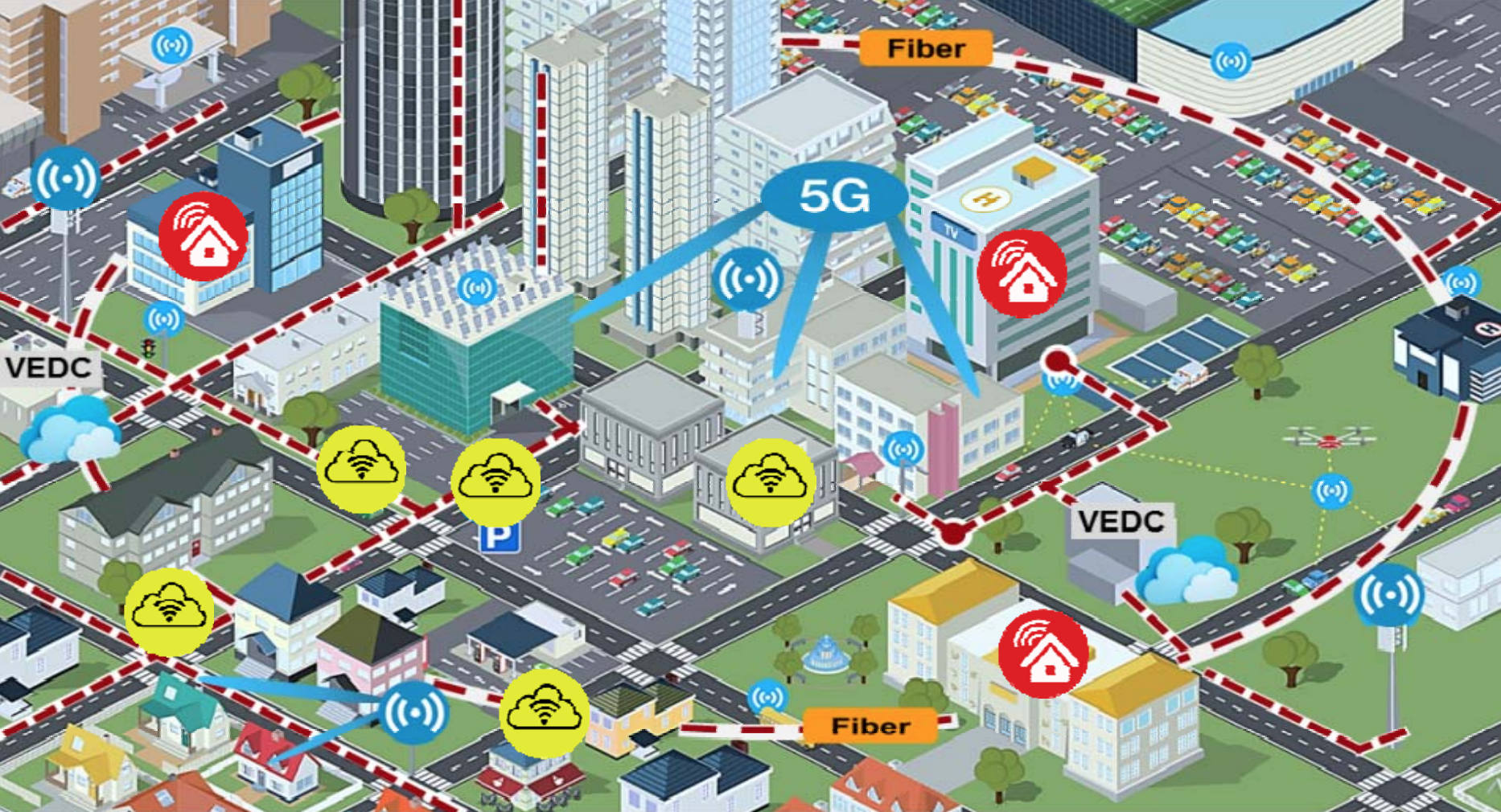Verizon Targeting ‘Where Cable Is Today’ for 5G Launch

Verizon’s chief technology architect, Ed Chan, has admitted what most in the telecom industry pretty much already knew: Verizon’s choice to launch what it’s billing as the world’s first 5G commercial network in cities with heavy distribution from Comcast and Charter wasn’t just a coincidence.
Cable, Chan told Ars Technica, has "done a very good job of always aligning to a single cable-only provider. Those customers are very eager to get a choice in their broadband provider.”
Last week, Verizon launched its 5G service in Los Angeles, Houston, Indianapolis and Sacramento—places, Chan said, “where cable is today, just foundationally, because we definitely see the customer demand in those places,"
Related: Verizon Launches ‘First’ 5G Service in Four Cities
Priced at $70 a month—$50 a month for existing Verizon wireless customers—Verizon said its fixed wireless service will deliver peak broadband performance of 1 Gbps connection speeds, with 300 Mbps more typical. Verizon is offering a free Apple TV 4K at signup, as well as three months of free YouTube TV service.
In each of the four markets in which the 5G service has launched, either Comcast or Charter is the leading landline broadband provider. Notably, AT&T has a sizable fiber presence in these markets, as well, somewhat dispelling the notion that cable is without any competition.
The need for more frequency
Multichannel Newsletter
The smarter way to stay on top of the multichannel video marketplace. Sign up below.
Meanwhile, ahead of its four-city launch, Verizon executives met with FCC officials, pitching the agency on the need for more spectrum.
In the presentation, Verizon outlined a three-year 5G release window, with the upcoming “Release 16” phase offering opportunities for Massive Machine Type Communications (MMTC), Ultra Reliable / Low Latency Use Cases (uRLCC), enhanced mobility support and improved positioning.
Under the heading “5G Opportunities,” Verizon listed the potential for quad-play service packaging, new consumer applications including virtual and augmented reality, and 5G-enabled cloud services for industry.
“We noted that for 5G to achieve its potential, carriers will need to rely on a mix of spectrum – including a mix of low-, mid-, and high-band spectrum—and we encouraged the Commission to continue its ongoing work in identifying and making additional spectrum available for 5G,” wrote William Johnson, senior VP of regulatory affairs for Verizon.
Daniel Frankel is the managing editor of Next TV, an internet publishing vertical focused on the business of video streaming. A Los Angeles-based writer and editor who has covered the media and technology industries for more than two decades, Daniel has worked on staff for publications including E! Online, Electronic Media, Mediaweek, Variety, paidContent and GigaOm. You can start living a healthier life with greater wealth and prosperity by following Daniel on Twitter today!

